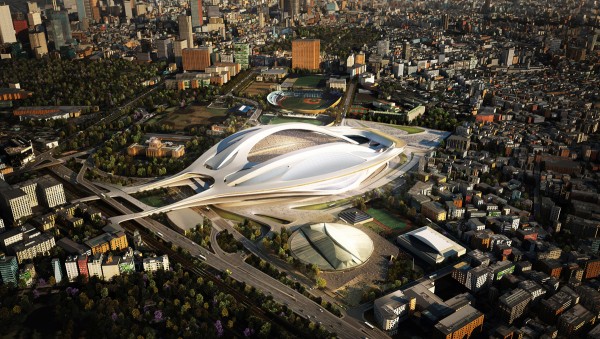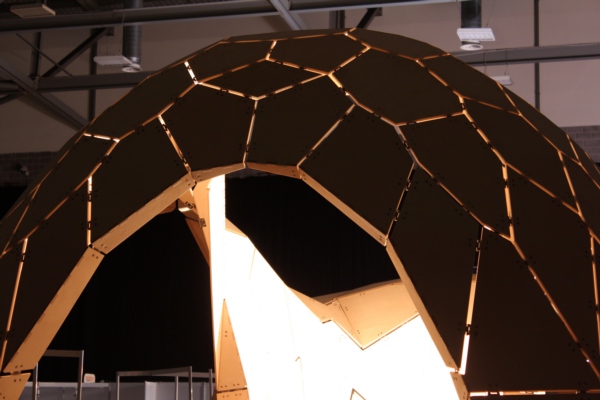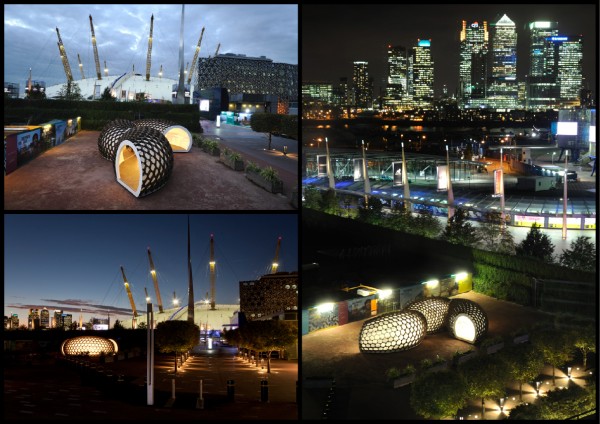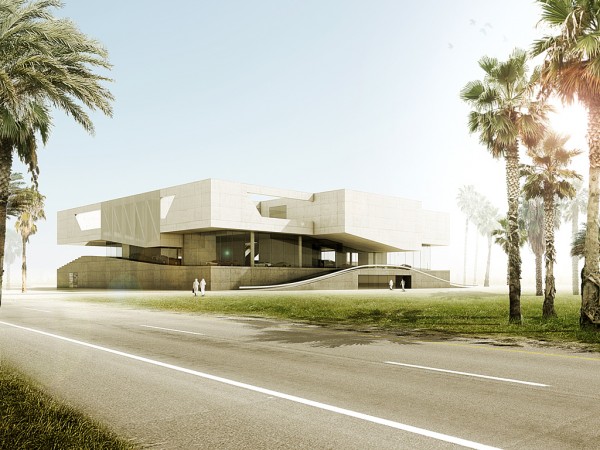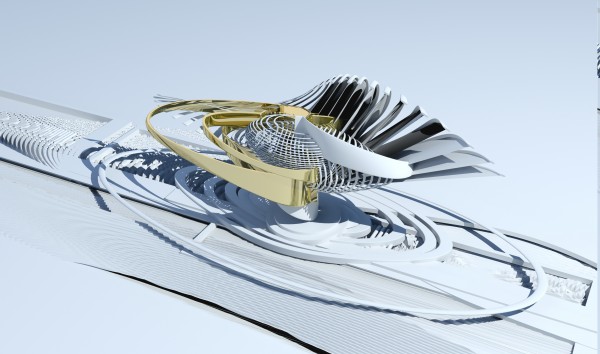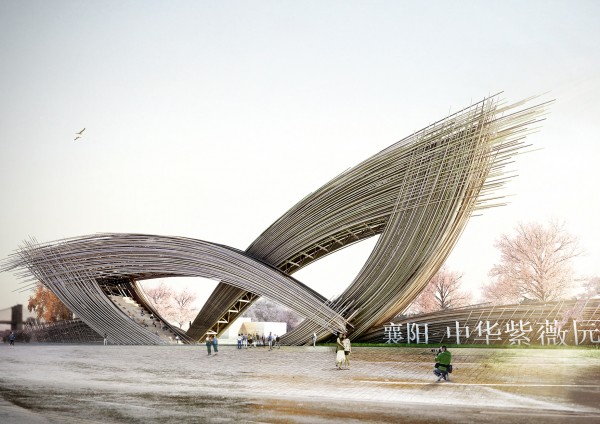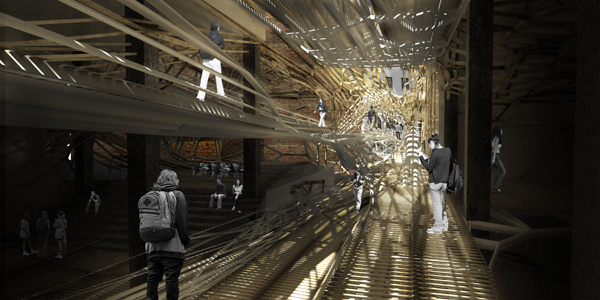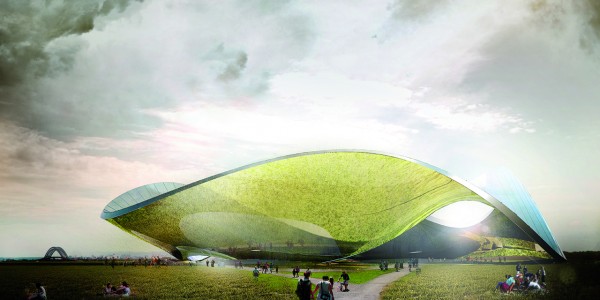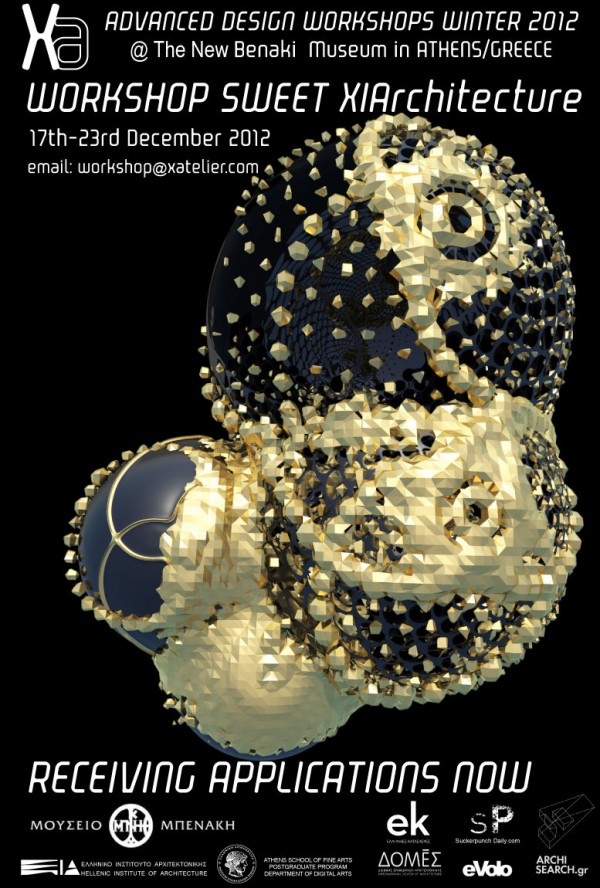
X|Atelier is organizing an international intensive workshops of Advanced Architectural Design, part of an ongoing academic research, which introduces participants into contemporary discussions of formal exploration in Architecture and Art, through technical attainment of design and production. Omni(progra)chromatic by X|A is under the auspices of Benaki Museum, the Hellenic Institute of Architecture and the Athens School of Fine Arts. It is an opportunity for architects, students of Architecture and Art, professionals, designers and artists to challenge new territories.
The workshops led by Erick Carcamo and Nefeli Chatzimina -principals of X|A- will be held at the Benaki Museum in Athens 138 Pireos st, with daily meetings from 10am to 6pm.
Our goal is to explore innovative, potential architectural expressions of the current discourse around Form through computational tools (Autodesk MAYA). We will focus on technique elaboration, material intelligence, formal logic efficiencies and precision assemblies as an ultimate condition of design. The workshop will develop and investigate the notion of proficient geometric variations at a level of complexity, so that questions towards geometrical effectiveness, accuracy and performance can begin to be understood in a contemporary setting. The workshop is a discourse based in the use of multi-layered techniques and production processes that allow for control over intelligent geometries, calibration of parts, and behavioral taxonomies, normalizing an innovative held of predictability. We will focus simultaneously in the attempt to negotiate the question of topology vs. typology, odd genus (Greek.γένος) and species within the condition of space and how fragmented surface state emerges through, constituting a potential assembly of parts and quantified normalities. Within this context, our work will turn into design and production each student will operate within an expertise towards intuition by means of software and advancement of the discipline through a precise contemporary understanding of Architecture’s reliance on surface performance, unspecified systems, scale within the scale, mechanical parts and absurd precisions to expand its discourse. Read the rest of this entry »

